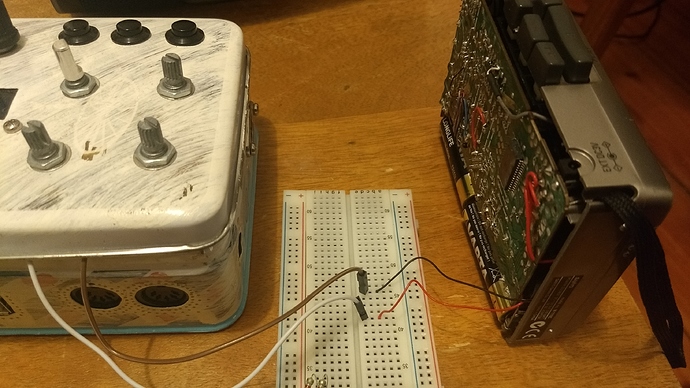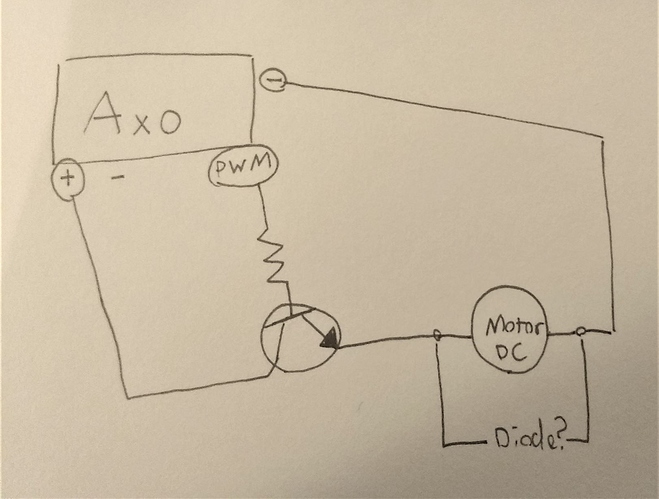Hi folks!
I recently found a working cassette player/walkmen and thought it would be fun to knock up a mellotron style hack for my axoloti! I have only a little electronics knowledge but seems like it might be possible to directly run the motor from a PWM output on the Axoloti to control the motor speed for pitch. These old, kind of crappy devices arent cheap these days and I'm a little worried about screwing it up. Are there any issues I should consider before testing this out and accidently frying something? Particulars:
DC to cassette player is 3v
I am proposing to wire a switched jack to the tape motor that would recieve PWM directly from the axoloti
Other older posts seem to indicate the existing frequency of the PWM might be quite high for a DC motor? 94hz or something?
Would v much appreciate some input if anyone has time. I will definitely post photos and updates for future users wanting to give this a shot!



